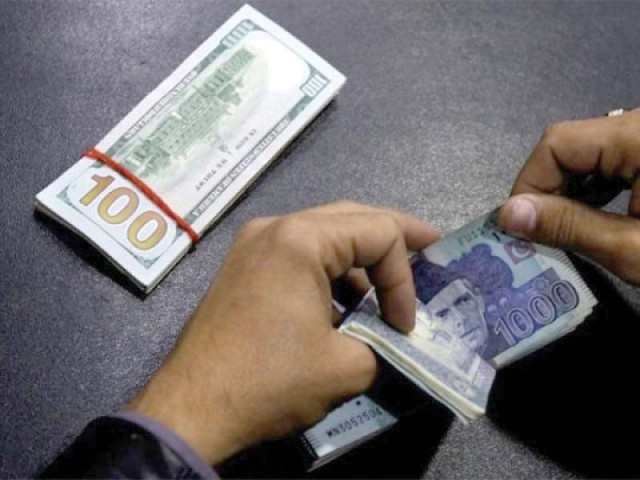Rupee stands at the crossroads
Govt actions will determine direction of currency that has slid massively

Pakistani rupee has resisted a fresh fall beyond the threshold of Rs240 against the US dollar this week after witnessing high levels of volatility over the past one and a half month.
On Friday, the currency eventually made a token recovery of 0.03% to break the 15-day losing streak.
The rupee stabilised to close at Rs239.65 per dollar in the inter-bank market this week. This is Rs0.29 shy of the all-time low of Rs239.94 per dollar hit on July 28, 2022. Dollar prices in Peshawar and Kabul have also dipped.
The rupee is still standing at the crossroads. Actions of the government will determine its direction in the future. “Rupee is trading around Rs240 per dollar. JP Morgan estimates the real effective exchange rate (REER) at around 97,” Tresmark said in a report titled “Macro Stability Required” on Saturday.
REER is a barometer to calculate the value of the rupee against a basket of currencies of trading partners. On previous occasions, the State Bank of Pakistan (SBP) was seen as more comfortable with REER hovering around the 92-95 mark.
“This could imply some gradual depreciation towards Rs247 per dollar,” said the treasury advisory firm. Another factor is the gradual adjustment of outstanding import documents. While these are stated to be under the $50,000 limit, the estimated numbers add up to a backlog of around $1.2 billion. This will put further pressure on the foreign exchange.
The strengthening of the US dollar against other global currencies like the euro and pound also carries a potential threat to the value of Pakistani rupee.
For over five decades, emerging economies like Pakistan have been particularly vulnerable to the tightening of global monetary and fiscal policies, with food security emerging as a major challenge. Pakistan will, thus, have to be sufficiently funded in the near future as liquidity will dry up in the coming three months or so. Earlier, the rupee lost almost 11.70% (or Rs25.11) for 15 consecutive working days to close at Rs239.71 against the dollar on Thursday.
On the other hand, the plunge in international (WTI crude) oil prices to a nine-month low of below $80 per barrel stands as a blessing for countries like Pakistan which rely heavily on imported energy. WTI crude stood at around $116 per barrel three months ago in June 2022.
“The collapse of demand and ongoing slowdown in China have not yet been priced in the commodity markets. Oil has leaked for the fourth consecutive week, but the floor may be lower. Supply-side mechanics are also improving,” Tresmark commented.
“Pakistan recently got into the IMF programme. It has also succeeded in cutting down the current account deficit (CAD) to $700 million in August compared to $1.2 billion in July. Weekly inflation has also dipped,” the report added.
Larger economies are waging a reverse currency war with the intention to strengthen their currency across the world. Japan intervened to strengthen the yen for the first time in 24 years. India has spent roughly $90 billion in supporting its already stable currency.
“While the SBP is using subtle interventions to tame the market, it is time to be more vocal and assertive with creditors and lenders. While the IMF may be more comfortable with REER below 95, Pakistan should promote a stable-to-slightly stronger rupee with temporary outruns being acceptable to all stakeholders,” the report suggested. “This is also the right moment for Pakistan to restructure all of its debts with creditors once and for all. If this is managed professionally, it could prove to be a great push in stabilising forex flows,” Tresmark said.
“However, the politicians of the country will have to let go of their aid-seeking mentality and speak to the business community to generate growth through conducive and business-friendly policies and by promoting agriculture once again,” the report emphasised.
Gold maintained a downward streak for the third consecutive working day, as it fell by Rs3,750 to reach Rs150,100 per tola (11.66 grams) on Saturday. It has cumulatively decreased by over 3% (or Rs5,000 per tola) in the past three days. The drop in gold is seen in line with the downturn in its price in the global markets. Crucially, a stabilising rupee and low demand for the commodity in Pakistan also supported the pricing committee to cut its price in the country.
Published in The Express Tribune, September 25th, 2022.
Like Business on Facebook, follow @TribuneBiz on Twitter to stay informed and join in the conversation.



















COMMENTS
Comments are moderated and generally will be posted if they are on-topic and not abusive.
For more information, please see our Comments FAQ